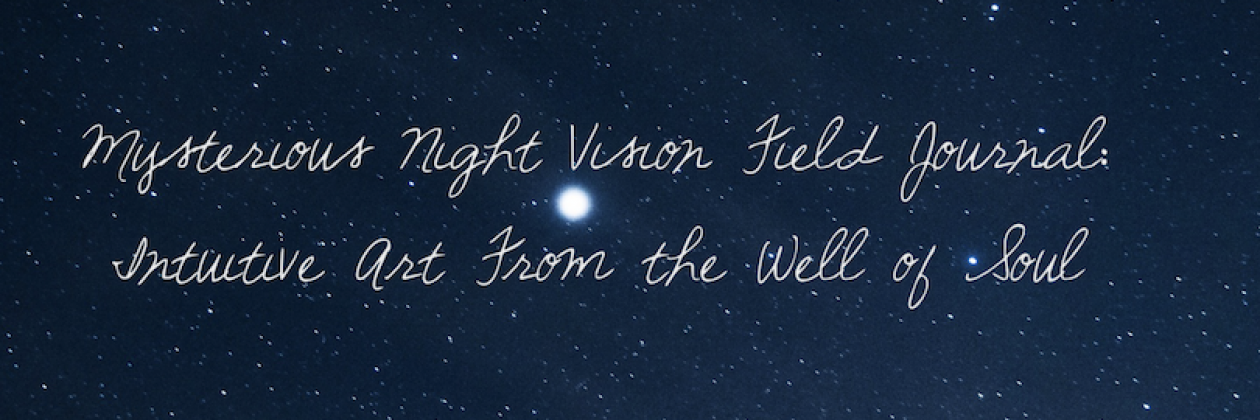March 5, 2008
I gave each of my Creative Writing students at Linfield a 5x loupe and told them to go out into the beautiful spring weather. They were to collect natural objects to create “a pocket museum,” then to use their loupe to draw what they saw, and then to write analogies.
This purple periwinkle looks like an Easter bonnet,
the purple star of Perfect Repose,
a violet kiss in oaky weather,
a tattoo I might like to have on the back of my left knee,
the violet membrane protecting Inua, the feminine soul of a whale,
a lavender smile I saw out of the corner of my eye….

